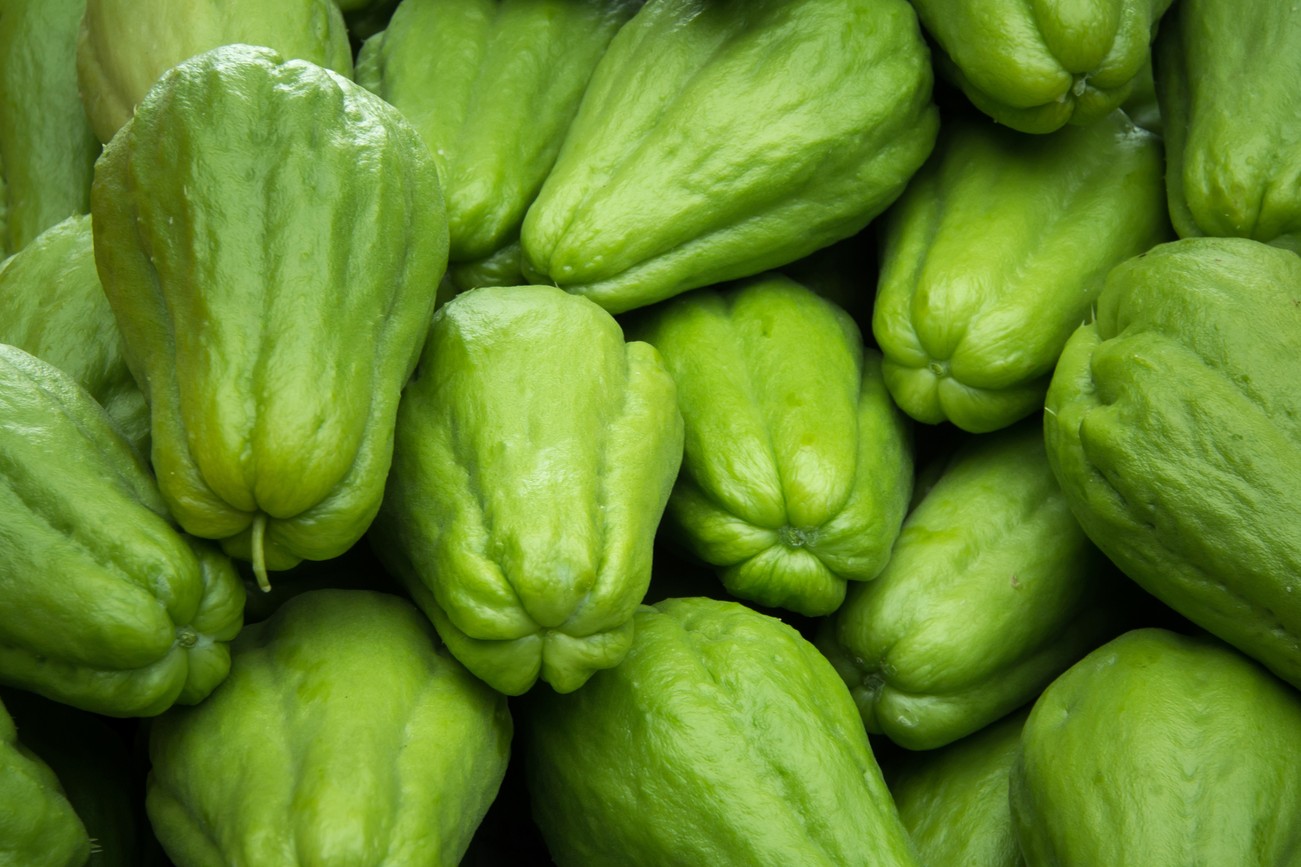
Choko, also known as chayote, is a versatile vegetable that often flies under the radar. Did you know that this green, pear-shaped veggie is not only delicious but also packed with nutrients? Originating from Central America, choko has found its way into kitchens worldwide. Rich in vitamins, minerals, and antioxidants, it supports overall health. Whether you enjoy it raw in salads, cooked in stews, or even pickled, choko offers a unique flavor and texture. Curious about its benefits and uses? This article will uncover 34 fascinating facts about choko that might surprise you. From its historical roots to its modern-day culinary applications, choko is more than just a humble vegetable.
34 Facts about Choko
Choko, also known as chayote, is a fascinating vegetable with a rich history and numerous benefits. Let's dive into some intriguing facts about this unique plant.
Origins and History
Choko has a long and storied past, originating from Central America. Here are some historical tidbits about this versatile vegetable.
- Ancient Roots: Choko has been cultivated since pre-Columbian times by the Aztecs and Mayans.
- Name Game: The name "chayote" comes from the Nahuatl word "chayotli," which means "spiny gourd."
- Global Spread: Spanish explorers introduced choko to Europe, Africa, and Asia in the 18th century.
- Colonial Influence: In the Philippines, choko is known as "sayote," a name derived from Spanish colonizers.
Botanical Characteristics
Choko is not just any vegetable; its unique botanical features make it stand out.
- Family Ties: Choko belongs to the Cucurbitaceae family, which includes cucumbers, melons, and squash.
- Climbing Vines: The plant grows as a vigorous vine, often climbing trellises or other structures.
- Heart-Shaped Leaves: Choko leaves are heart-shaped and can grow up to 25 cm long.
- Edible Parts: Almost every part of the choko plant is edible, including the fruit, leaves, stems, and roots.
Nutritional Benefits
Choko is not only tasty but also packed with nutrients. Here are some health benefits you might not know.
- Low in Calories: A 100-gram serving of choko contains only about 19 calories.
- Rich in Fiber: Choko is an excellent source of dietary fiber, aiding in digestion.
- Vitamin C Boost: This vegetable provides a good amount of vitamin C, essential for immune health.
- Folate Source: Choko is rich in folate, which is crucial for cell division and DNA synthesis.
- Potassium Power: It contains potassium, which helps regulate blood pressure.
Culinary Uses
Choko's versatility in the kitchen makes it a favorite in many cuisines around the world.
- Raw Delight: Choko can be eaten raw in salads, adding a crisp texture.
- Stir-Fry Star: It is commonly used in stir-fries, absorbing flavors well.
- Soup Ingredient: In many cultures, choko is added to soups for its mild taste and texture.
- Pickled Perfection: Choko can be pickled, offering a tangy snack.
- Stuffed Treats: The fruit can be hollowed out and stuffed with various fillings.
Cultural Significance
Choko holds a special place in various cultures, often symbolizing more than just food.
- Mexican Cuisine: In Mexico, choko is a staple in many traditional dishes.
- Filipino Favorites: In the Philippines, it is a common ingredient in dishes like "tinola" and "ginisang sayote."
- Hawaiian Heritage: Known as "pipinola" in Hawaii, choko is a beloved part of local cuisine.
- Symbol of Prosperity: In some cultures, choko is considered a symbol of prosperity and abundance.
Growing Choko
Interested in growing your own choko? Here are some tips and facts about cultivating this plant.
- Easy to Grow: Choko is relatively easy to grow, making it a popular choice for home gardens.
- Climate Preference: It thrives in warm, tropical climates but can adapt to temperate zones.
- Soil Needs: Choko prefers well-drained, fertile soil with a pH between 6.0 and 6.8.
- Water Requirements: Regular watering is essential, especially during dry periods.
- Harvest Time: The fruit is typically ready for harvest 4-6 months after planting.
Fun Facts
Choko has some quirky and fun aspects that make it even more interesting.
- Multiple Names: Choko is known by many names worldwide, including mirliton, vegetable pear, and christophene.
- Longevity: The vines can live for several years, producing fruit annually.
- Natural Pest Repellent: Choko plants can act as a natural pest repellent, protecting other crops.
- Decorative Uses: The vines and leaves are sometimes used for decorative purposes in gardens.
- Medicinal Uses: In traditional medicine, choko has been used to treat ailments like kidney stones and hypertension.
Environmental Impact
Choko cultivation has some interesting environmental benefits.
- Soil Erosion Prevention: The plant's extensive root system helps prevent soil erosion.
- Carbon Sequestration: Choko vines can sequester carbon, contributing to reduced greenhouse gases.
Final Thoughts on Chokos
Chokos, also known as chayote, are more than just a quirky vegetable. Packed with nutrients, they offer a range of health benefits like aiding digestion, boosting heart health, and supporting weight loss. Their versatility in the kitchen makes them a favorite in many cuisines, from stir-fries to salads. Beyond their culinary uses, chokos have a rich history and cultural significance in various parts of the world. Whether you're a seasoned cook or a curious foodie, adding chokos to your diet can be a delightful and nutritious adventure. So next time you're at the market, grab a few chokos and experiment with new recipes. You'll not only enjoy their unique taste but also reap the numerous health benefits they bring. Happy cooking!
Was this page helpful?
Our commitment to delivering trustworthy and engaging content is at the heart of what we do. Each fact on our site is contributed by real users like you, bringing a wealth of diverse insights and information. To ensure the highest standards of accuracy and reliability, our dedicated editors meticulously review each submission. This process guarantees that the facts we share are not only fascinating but also credible. Trust in our commitment to quality and authenticity as you explore and learn with us.
